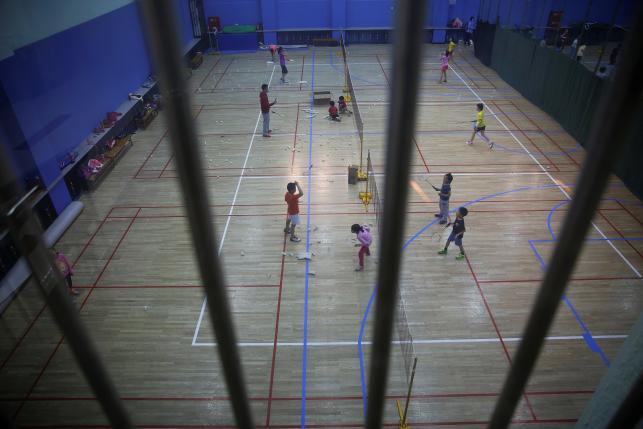Change is taking place at Shanghai’s leading Children’s Sports School Pudong New Area, a small cog in a state-run machine that has stirred out Chinese Olympic champions for three and a half decades. China’s sports system has been extremely prosperous since the country returned to the Olympics in 1980, topping the medals’ table at the 2008 Beijing Olympics.
However, with the Rio de Janeiro Games approaching, less than three months away, the system is on the edge of breaking down as a result of the shifting demographics of a more prosperous nation. It poses a big challenge to the school’s party committee secretary, Huang Qin, whose institution is one of 2,183 around the country producing 95 percent of the country’s Olympians.
Not many parents are ready anymore to let their children go through exhausting training. Moreover, multiple schools have shut their doors down while others are making changes to their working system, noting that government numbers show that the number of sport schools is down from 3,687 in 1990.
“In the 1980s and 1990s, schools like ours were extremely attractive,” Huang said, recalling a time when families were poorer and generous sports subsidies were more highly prized.
As in regard of education standards, there were several debates that took place about difficulties facing retired athletes jarred against growing expectations of education standards among China’s booming middle-class. What makes things harder is the country’s declining birth rate as a result of China’s one-child policy, along with its cut-throat education system, as Chinese students spend twice as much time on homework a day compared to the global average.
Beijing responded to these concerns in 2010 by issuing a new policy, known as document 23, ordering sport schools to improve teaching standards and to give more support to retired athletes.
Talents
Student enrolment at its sports schools are not published by the government, nevertheless it seems like the changing landscape has already started to influence China’s pool of sporting talent.
The number of Chinese athletes training to be table tennis players had fallen by almost a quarter since 1987 to 23,266, according to the China Sports Daily.
“In this changing situation, we must re-examine the traditional training system and model for competitive sports,” Liu Shaonong, head of the table tennis and badminton center of China’s General Administration of Sport, was quoted as saying.
Reform however is taking much time to make difference, a government survey showed that money spent on education in some schools across nine cities and provinces was in low numbers and some local education departments paid little attention to making improvements in line with document 23, according to state media.
But athletes like Wang Linwen, a 25-year-old former professional athlete who represented Shanxi province in wushu, a martial art, said reforms, no matter how little, were crucial for those still willing to enter sports schools.
For five years until she retired in 2009, her weekdays were spent training with only the weekends for studying, she said.
“I lost a lot because I didn’t experience the education system,” she said. “(Reform) is good, that way sports school students won’t come out knowing nothing.”
